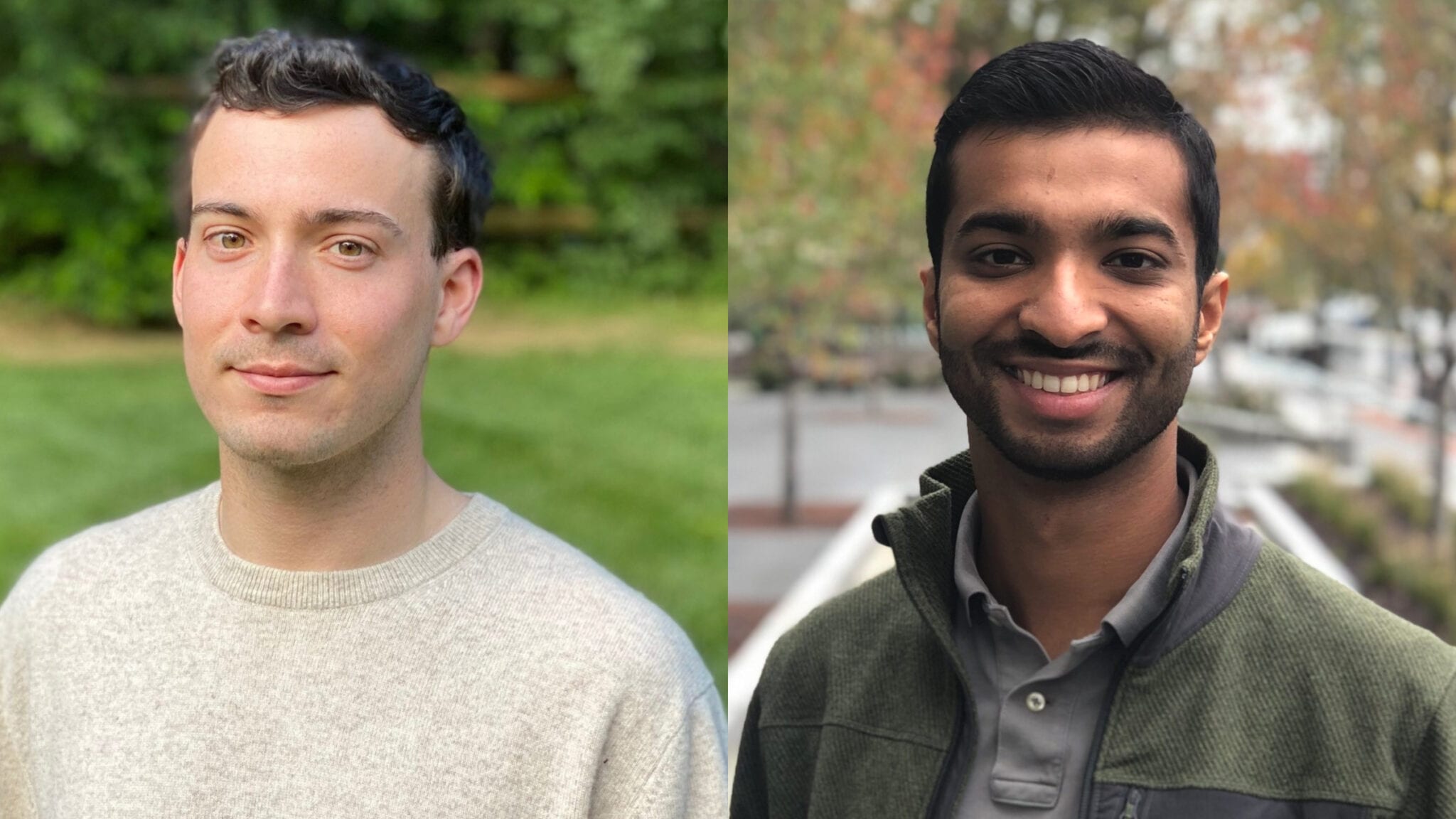
Reverie Labs founders Jonah Kallenbach and Ankit Gupta
Roche and Genentech's latest AI collaborator raises $25M Series A to reinvent one of the oldest cancer targets
Jonah Kallenbach spent the summer before his senior year with Anton, the hulking fluorescent supercomputer housed in the midtown Manhattan offices of hedge fund D …
Sign up to read this article for free.
Get free access to a limited number of articles, plus choose newsletters to get straight to your inbox.